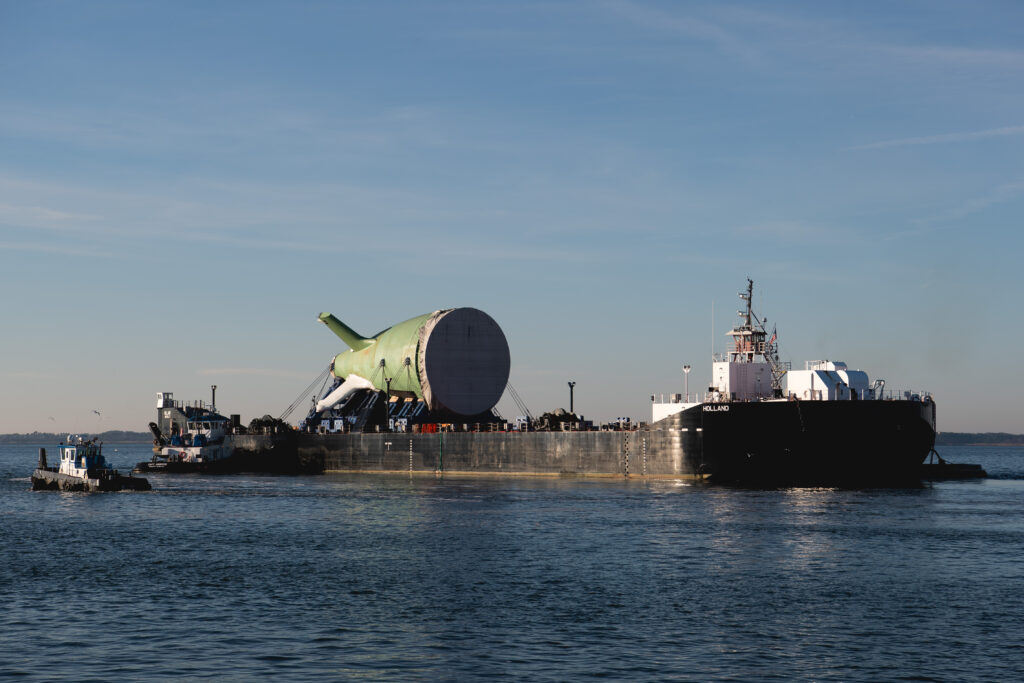
Congress has passed the third continuing resolution of the 2024 fiscal year, which will keep the government operating at FY23 levels until lawmakers are able to finalize a complete budget for FY24. The bill was passed by votes of 77-18 in the Senate and 314-108 in the House.
The legislation takes a tiered approach and extends funding through March 1 for four appropriations bills: Agriculture, Rural Development, Food and Drug Administration, and Related Agencies; Energy and Water Development; Military Construction, Veterans Affairs, and Related Agencies; and Transportation, Housing and Urban Development, and Related Agencies.
The remaining eight bills are extended through March 8: Commerce, Justice, Science, and Related Agencies; Defense; Financial Services and General Government; Homeland Security; Interior, Environment, and Related Agencies; Labor, Health and Human Services, Education, and Related Agencies; Legislative Branch; and State, Foreign Operations, and Related Programs.
The Department of Defense has already been operating at FY23 levels since October 1, and the continued reliance on multiple stopgap spending bills increases the risk of CR-level spending being extended for the entire year. A full-year CR would eliminate planned funding growth in the FY24 request, place restrictions on new start programs, and result in many existing programs receiving the wrong amount of funding. The Navy has previously stated it would face nearly $26 billion worth of misaligned funds under a full-year CR.
Making matters worse, the debt ceiling agreement passed last year included a mechanism that will trigger a one percent cut in FY24 if Congress fails to pass a final budget for the year. That cut will be triggered in April, and a full-year CR means the government would be funded at 2023 levels minus one percent. Real buying power would ultimately drop even more when you consider losses from inflation. These factors will put pressure on Congress to pass an FY24 budget before the new deadlines in March.
The latest stopgap bill does include a special provision, known as an anomaly, for the Navy’s Columbia class submarine. The new CR increases the amount of funding that can be spent on procurement of the second Columbia class submarine up to $2.2 billion. Previous stopgap legislation allowed spending up to $621.3 million on the program. The Columbia class faces a very tight schedule, and the anomaly allows the Navy to avoid costly construction delays for the future USS Wisconsin (SSBN 827).
Shaun's deep-rooted interest in military equipment continues in his role as a senior defense analyst with a focus on the United States. He played an integral role in the development of Forecast International's U.S. Defense Budget Forecast, an interactive online product that tracks Pentagon acquisition programs throughout the congressional budget process. As editor of International Military Markets – North America, Shaun has cultivated a deep understanding of the vast defense markets in the United States and Canada. He is a regular contributor to Forecast International's Defense & Security Monitor blog and has co-authored white papers on global defense spending and various military programs.




